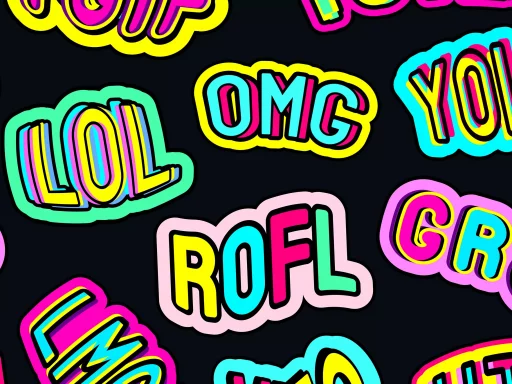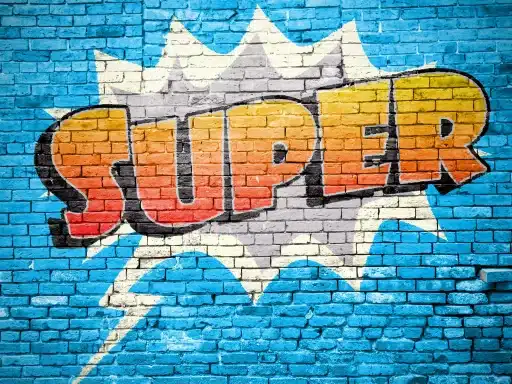Introduction to Sin Slang
Language is a living entity, constantly evolving to reflect culture and societal changes. Among its various forms, slang often emerges from specific communities or subcultures, encapsulating shared experiences and secrets. One fascinating category of slang is “sin slang”—the terminology used by those engaged in or discussing illicit activities. From criminal enterprises to underground cultures, sin slang has a rich history and an ever-evolving lexicon that serves multiple purposes.
What is Sin Slang?
Sin slang refers to a specialized vocabulary that arises within communities engaging in behaviors deemed immoral or illegal, such as drug dealing, gambling, or other forms of vice. This language serves as a means of communication among members, allowing them to converse discreetly or even code-switch in front of outsiders.
Historical Context
Sin slang is not a new phenomenon; it has roots stretching back centuries. In the early 1900s, terms like “moll” referred to the female companions of gangsters, while “fence” described someone who buys and sells stolen goods.
- 19th Century: The proliferation of urban life led to the development of criminal underworlds, birthing terms like “spiv” (a petty criminal) and “robbery” stylistically referenced as “stick up.”
- 1920s: Prohibition brought forth a lexicon that described speakeasies and bootlegging, with slang terms like “giggle water” for alcohol and “bathtub gin” for homemade liquor.
Examples of Sin Slang Terms
Here are some common examples of sin slang that have permeated society:
- Dope: Refers to illicit drugs.
- Heist: A robbery, particularly involving a large amount of money or goods.
- Narc: A slang term for a narcotics officer or police informant.
- Chop Shop: A location where stolen vehicles are dismantled for parts.
- Hit: To kill or attack someone, frequently references contract killings in the criminal world.
The Role of Sin Slang in Modern Culture
Today, sin slang has broadened its reach, appearing in popular culture, music, and social media. Artists like hip-hop musicians and street poets have adopted sin slang, weaving its rich imagery into their narratives. This integration raises awareness of specific lifestyles and the challenges faced by those living on the fringes of society.
For example, in hip-hop lyrics, terms like “glock” (a type of gun) and “hustle” (to work hard, often referencing illegal activities) are commonly used, allowing artists to craft stories that reflect their experiences. A notable case is the rise of the term “trap” as both a place for drug dealing and a subgenre of music.
Statistics on Language Usage
Research highlights the impact of slang on perception and behavior. A study by the Linguistic Society of America found that familiarity with slang correlates with increased acceptance of certain subcultures. Here are some key statistics:
- Over 50% of young adults use slang from various subcultures on a daily basis.
- Studies show that 72% of hip-hop fans incorporated vernacular into their everyday speech, decoupling it from its original context.
- More than 65% of respondents acknowledged that they believed understanding slang increased their acceptance of illicit behavior.
Case Studies: Language and Crime
Several case studies illustrate the role of sin slang in the realm of crime:
- Case Study 1 – Drug Trafficking: In the 1980s, the rise of crack cocaine led to the emergence of a specific vernacular within communities affected by the epidemic. Terms like “rock” and “crackheads” became commonplace, allowing for discreet communication about transactions.
- Case Study 2 – Street Gangs: Gangs often develop their own unique slang that helps foster identity and loyalty among members. For instance, the Latin Kings use terms like “inspire” for support and “kingship” to represent their allegiance to the gang.
Conclusion
Sin slang serves as both a reflection and a facilitator of subcultures that thrive on transgression. As society continues to evolve, so too will the language that describes its darker corners. Understanding these terms provides insights into the communities that use them, as well as into the broader sociocultural dynamics at play.






